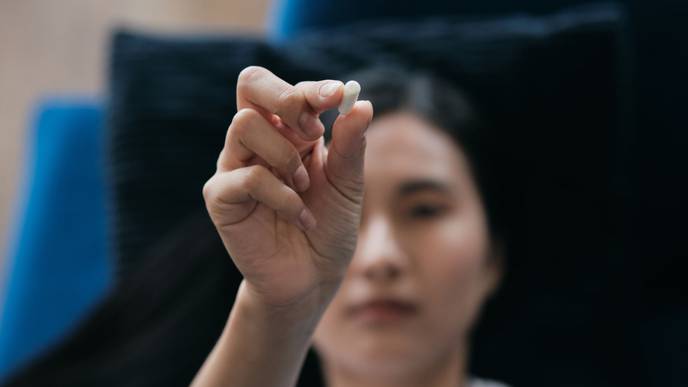Distance From Clinic Influences Abortion Pill Access

09/08/2023
Women who live farther from a medical clinic and those who identify as multiracial are more likely to use telemedicine to get abortion pills than to visit a clinic, according to a new study by researchers at the University of Washington School of Medicine.
The findings were published Sept. 1 in JAMA Network Open.
“One of the main takeaways,” said lead author Anna Fiastro, a family medicine research scientist at UW Medicine, “is that the further patients are from a brick-and-mortar clinic, the more likely they are to use telehealth to access medication abortion.” Fiastro is part of the division of family planning in the Department of Obstetrics and Gynecology.
The telehealth option might also help patients reduce time away from family and work, and mitigate travel costs, Fiastro noted.
Researchers analyzed medical records of patients who visited the Cedar River Clinic system in Tacoma and Seattle between April 2020 and January 2022. This clinic network was one of the first in the United States to offer telehealth services for medication abortion. Of the 1,241 patients (average age of 30 years), included in the study 858 (69%) received an in-clinic appointment and 383 (31%) scheduled a telehealth visit and received their medications either through the mail or picked them up at a clinic location.
Women who identified as multiracial or "other" race were 4.5 times more likely to access the clinic's telehealth services than white women. Black woman were more likely to seek care in clinic, the researchers found. Women who were younger, who were non-English speakers, and who had at least one health issue were also more likely to receive care at an in-person clinic visit.
The study showed three populations of patients who were more likely to receive abortion pills at a clinic: women in their early to mid 20s, those who faced language barriers (identifying their primary language was not English) and patients who self-identified as Black or African American.
Of the 232 study participants who self-identified as Black, only 46 received telehealth visits, while over 80% had in-clinic visits. The more limited use of telehealth for abortion care by Black women may track with documented distrust of the medical system, given past abuses and racial inequities documented across healthcare, Fiastro said.
Seattle also has a growing number of sub-Sarhan African immigrants who may identify as Black. This population may perceive in-clinic services as more private, especially if abortion is highly stigmatized in their communities, noted the paper’s senior author Dr. Emily Godfrey, professor of family medicine and of obstetrics and gynecology.
The relative reluctance of younger patients to use telehealth might indicate that population is “wary of telehealth’s legitimacy and whether getting care this way really works,” Godfrey suggested. In terms of increasing telehealth’s use among patients for whom English is not their primary language, more must be done to ensure access to technology and interpreters, the researchers concluded.
Godfrey and Fiastro said studies such as this are crucial to convey the importance of telehealth access to medication abortion pills, especially when trying to serve patients in rural areas and in other underserved communities.
“Washington’s model could be a template for providing abortion medicines equitably in other states,” said Fiastro.
The study was supported by the Society of Family Planning Research Fund (SFPRF15-MSD2) and the National Center for Advancing Translational Sciences, part of the National Institutes of Health (UL1TR002319).

Facebook Comments